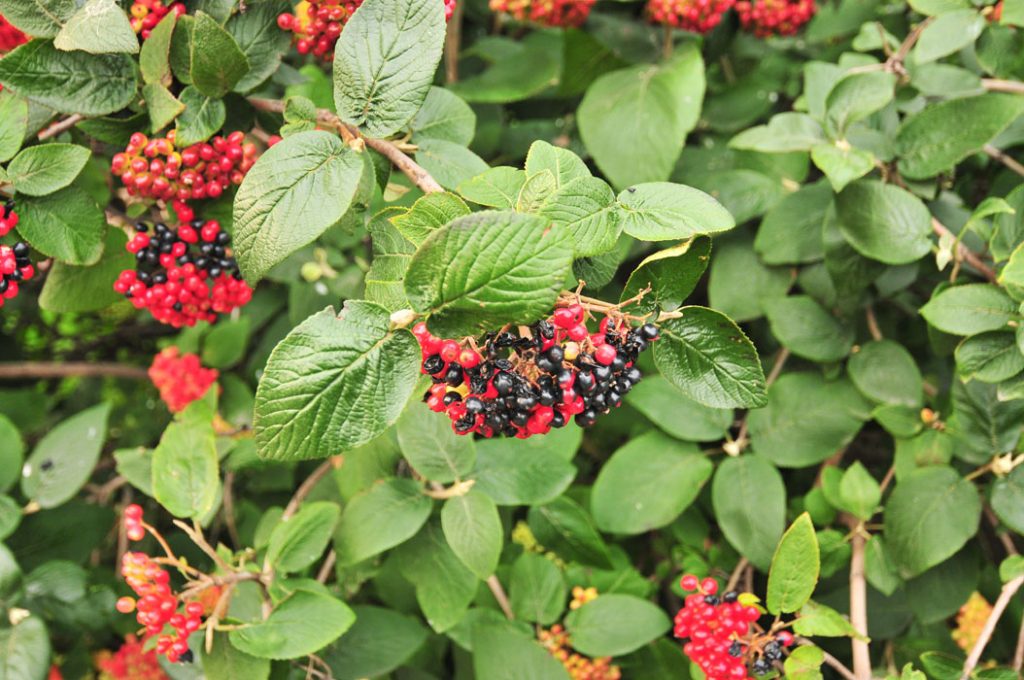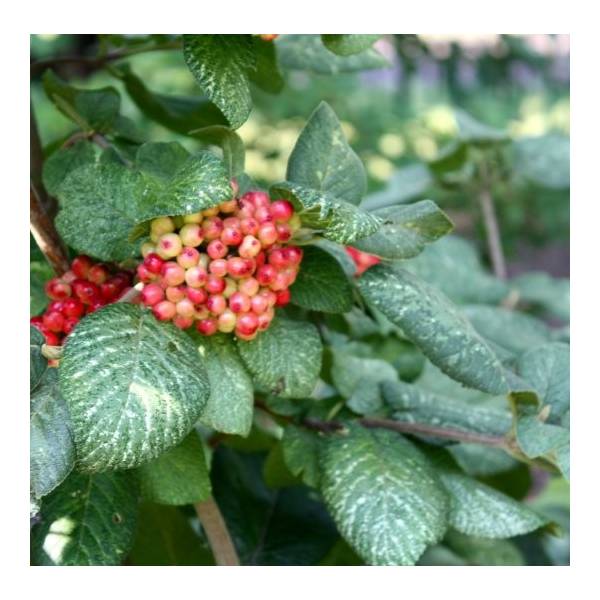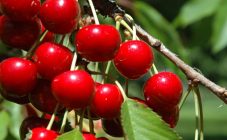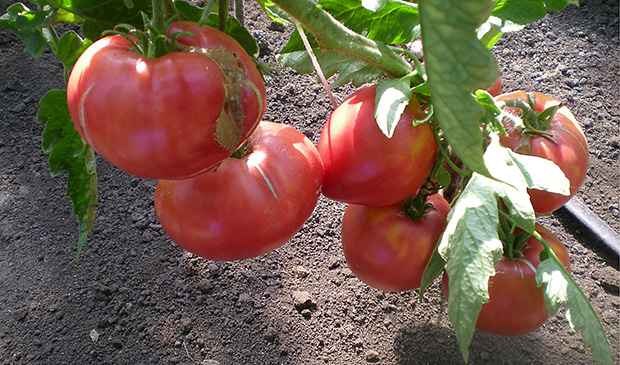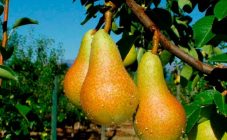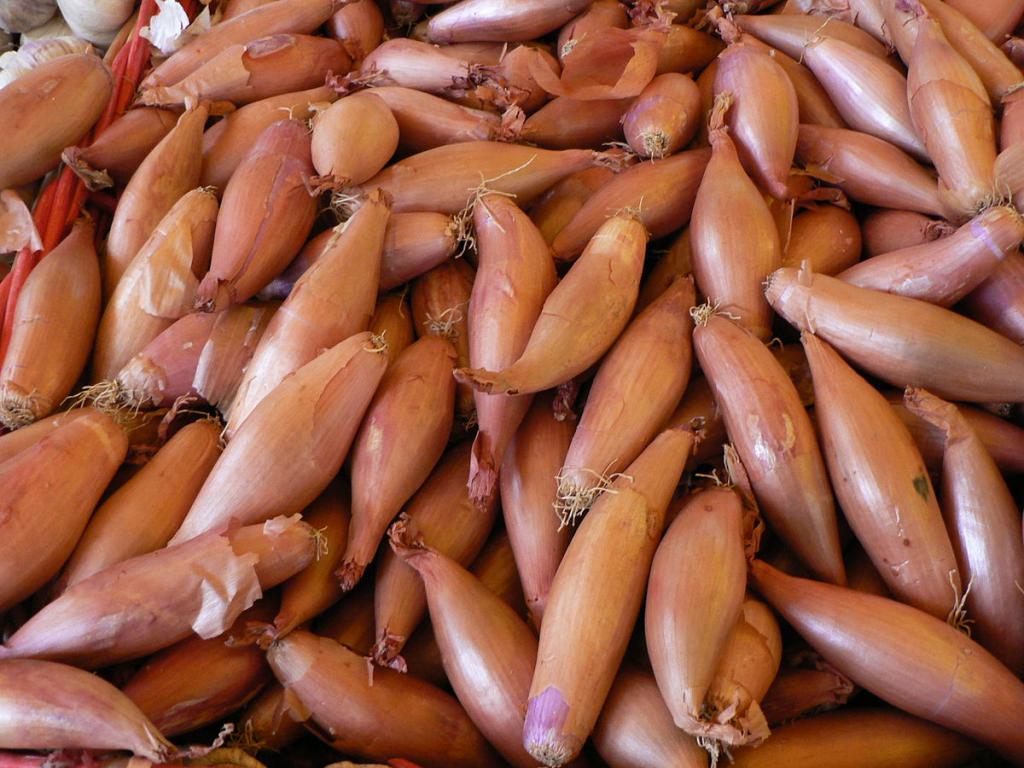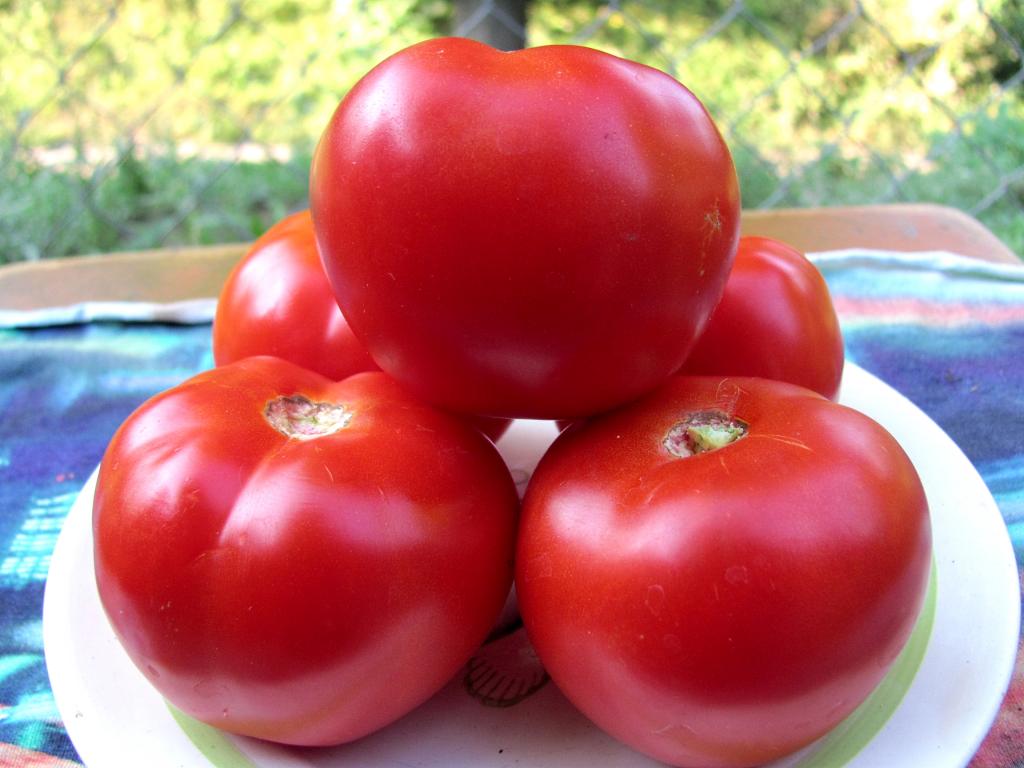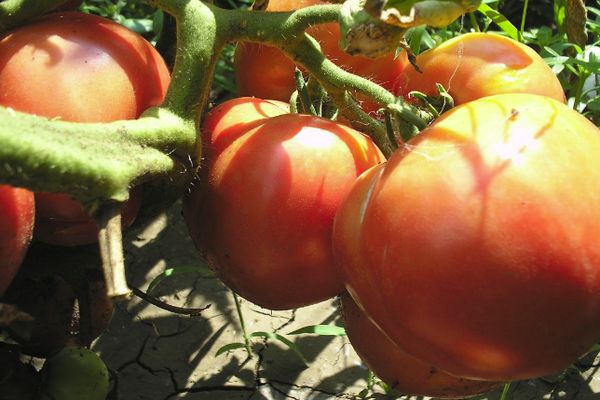Content:
The viburnum bush is especially beautiful in autumn, strewn with bunches of red berries. This plant looks good in spring, at the time of flowering. In addition to the visual appeal, viburnum is also extremely useful. This plant has long been a resident of many European and Asian countries. The variety of Gordovina viburnum with black berries looks unusual on the site. Landscape designers love it for its high decorativeness and is often used to decorate the garden.
Features of culture
Initially, Kalina, according to the botanical classification, belonged to the Honeysuckle family, now scientists attribute it to the Adoksovs. The plant belongs to the group of long-lived shrubs. Depending on the species, the height of the bush can be from 1.5 to 4 meters.
Viburnum always gravitates towards the light and, with sufficient nutrition and moisture, can grow into a small tree. The plant differs in that it has sterile and fruitful shoots on one copy, which can be differentiated among themselves by the appearance of the crown. A fruitless shoot always ends with one bud located in the center, while on a fruiting branch there are two buds with a noticeable growth point in the middle.
Viburnum black-fruited Gordovina was bred as an ornamental plant, although its berries are quite edible. The variety is characterized by a long ripening period, in addition, the fruits ripen uncommonly. For this reason, the variety is not grown for industrial purposes, but is used to decorate the site. Sometimes this viburnum is called Felt or Mediterranean.
Variety characteristics
Today the viburnum Gordovina (translated into Latin - Vibúrnum lantána) grows in Europe, Asia, North Africa. It is suitable for growing in any regions except the Far North and subtropics. Crimson leaves and shiny black berries remain on the bush until late autumn.
The shrub of this species is somewhat smaller than the Canadian viburnum, which grows up to 6 m.The diameter of the crown of Gordovina usually does not exceed 3 m, and the height can be up to 5 m, but more often - about 3 m. The branches are located close to each other, due which viburnum has a compact appearance. The plant has the following characteristics according to the description:
- Leaves 18 cm long have a wrinkled surface and an oval shape. The color of the upper part of the leaf plate is dark green, the lower side is gray.
- Young shoots, mature branches, buds and leaves have dense white pubescence. Because of this, the shrub is called "flour".
- Flowering begins in May and lasts about a month. Thyroid inflorescences consist of small bell-shaped flowers of a creamy white color.
- The ovaries are red at first, and turn black by the time they ripen. Since fruiting is not amicable, there are red and black berries at the same time on the bush, which looks very impressive.
- In September, all the fruits already ripen and then stay on the plant for another three weeks. Gordovina loses its attractiveness in October, when the berries begin to wrinkle.
- Red berries have a tart, bitter taste, the pulp of black fruits is sweet. Unripe berries can ripen after harvest. Kalina is consumed fresh and used to prepare juices, compotes, jellies.
You can collect a bucket of berries from one adult bush. The life span of a plant reaches 50 years.Over the years, strong roots intertwine with the soil and form sod, so viburnum is often planted on slopes to prevent soil movement. The shrub perfectly tolerates both drought and frost.
Russian gardeners have two popular varieties of Gordovin's viburnum - Aurea and Variegata. The shrub of the subspecies Aurea grows up to 2 m. It has golden-yellow pubescent foliage and medium size. Cream flowers are collected in flat inflorescences. The fruits are small.
The height of Variegata is only 1.5 m. This viburnum is variegated, the leaf plates are dotted with light spots. Large wrinkled leaves have teeth at the edges. The fruits of this variety are small red drupes that turn black as they ripen.
Contraindications to the use of fruits are hypotension, a tendency to form blood clots, pregnancy, individual intolerance to the substances that make up the berries.
Kalina Gordovina: landing and care rules
Gordovina grows best in a well-lit, open area with neutral or slightly acidic soil. She doesn't like it when sand or peat predominates in the soil. Viburnum can grow on infertile soil, but flowering and fruiting in this case will be scarce. Saplings are planted in spring and autumn. A month before planting, mineral and organic fertilizers (humus, urea, wood ash) must be applied to the ground.
The planting pit should be 50 × 50 cm in size and the same depth.
Fertilizer is sprinkled with a layer of fertile soil on which the seedling is installed. When buying, it is better to choose a bush with a closed root system, for it, planting will be less traumatic.
The root collar of the plant is buried no more than 5 cm. After planting, a small groove is dug around the trunk in a circle, which will later be used for watering. At the end of the procedure, the earth is lightly tamped and moistened abundantly. To prevent the appearance of a tough crust, the surface of the tree trunk is sprinkled with sawdust or peat mulch.
When caring for a seedling, it is provided with watering, feeding, loosening, pruning and protection from pests
- Only young plants need to be moistened regularly. Adult bushes need watering in the phase of active growth and during the pouring of fruits.
- After the soil receives moisture, its surface must be gently loosened to provide oxygen to the roots. Usually, loosening is carried out several hours after watering or rain.
- Annual top dressing includes the introduction of urea before blooming leaves (2 tbsp. L.), Potassium sulfide in the same amount on the eve of flowering and watering with a solution of complex mineral fertilizers in the middle of summer.
- Once every 2 years, during the autumn digging of the soil, a mixture of rotted manure, phosphorus and potassium is added under the bush. In dry weather, it is recommended to dilute the fertilizer with water.
- Sanitary pruning is carried out annually in the spring before the start of sap flow. During it, all diseased and old branches are removed. Every 6 years, rejuvenating pruning is carried out, in which branches are cut at the root, leaving no more than 7 pieces per bush.
- If you want to grow viburnum on a trunk, only the central trunk is left. All side shoots are cut off. In order for the crown of the tree to branch out and be dense, pinch the growth point at the required height. Overgrowth and unnecessary shoots are removed annually.
- Preventive treatments for pests are carried out by spraying the viburnum with tobacco or garlic infusion. In case of mass infection, industrial insecticides are used.If the bushes are affected by a fungus, fungicide treatment is necessary.
Advantages and disadvantages
Those who planted Gordovina on their site note among the advantages of its unpretentiousness, frost resistance, the ability to endure drought and shading, good adaptation to gas-polluted air, resistance to diseases, useful properties. Summer residents like its high decorative effect and good growth. According to gardeners, this variety of viburnum has no drawbacks.
If the summer resident prefers tall ornamental shrubs that do not require careful maintenance, Gordovina's viburnum is what you need. The plant will serve as a worthy decoration for any garden and will provide additional health benefits.
